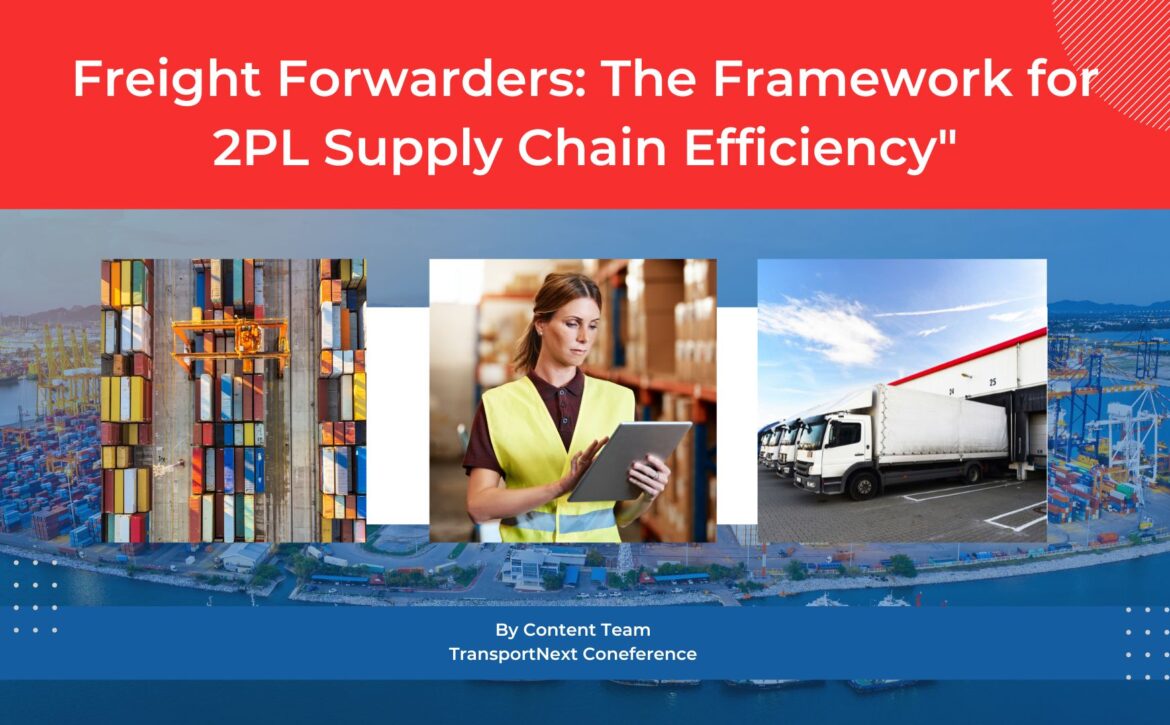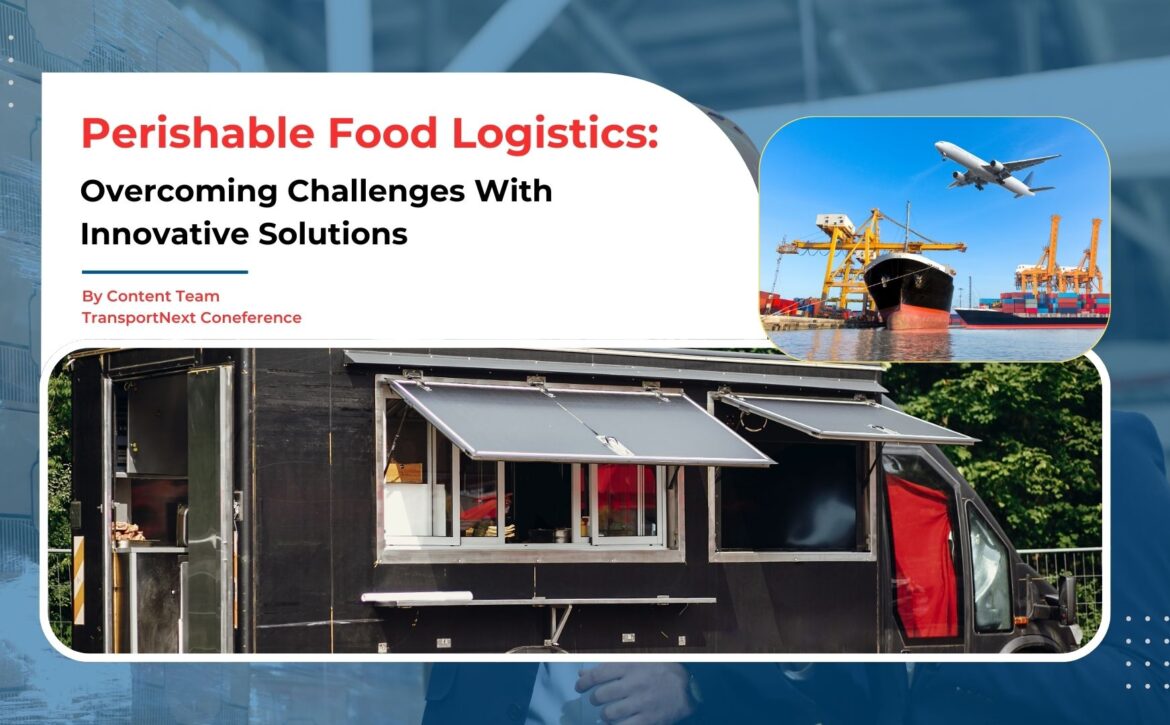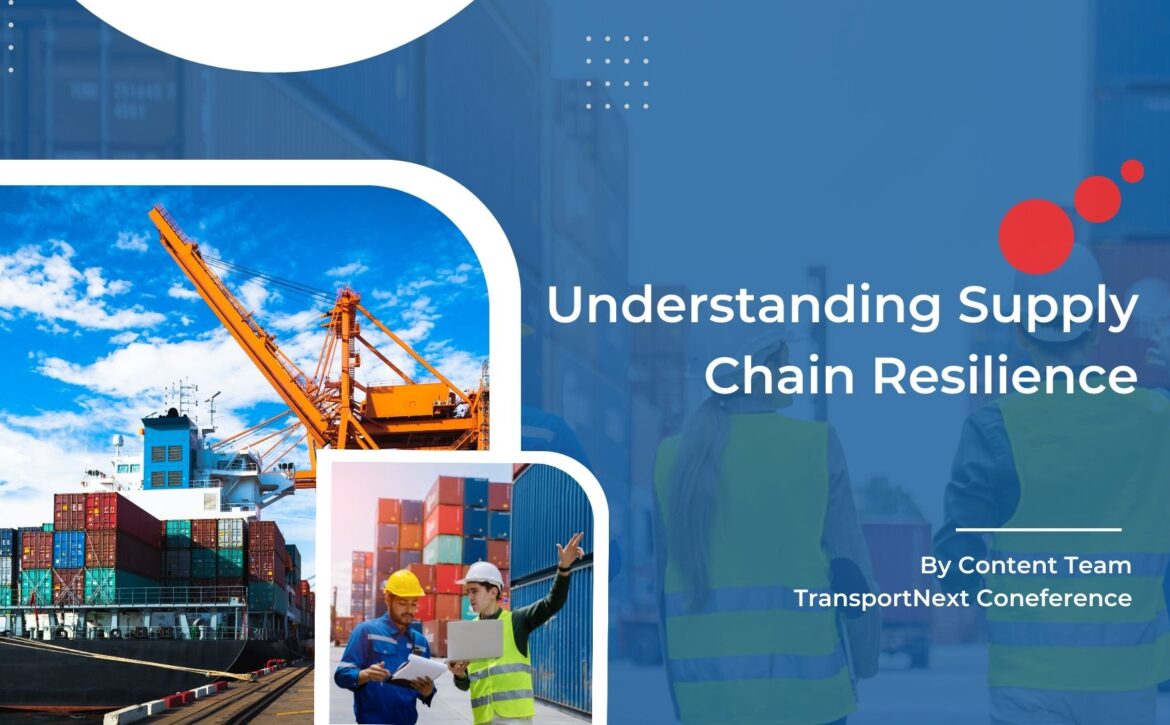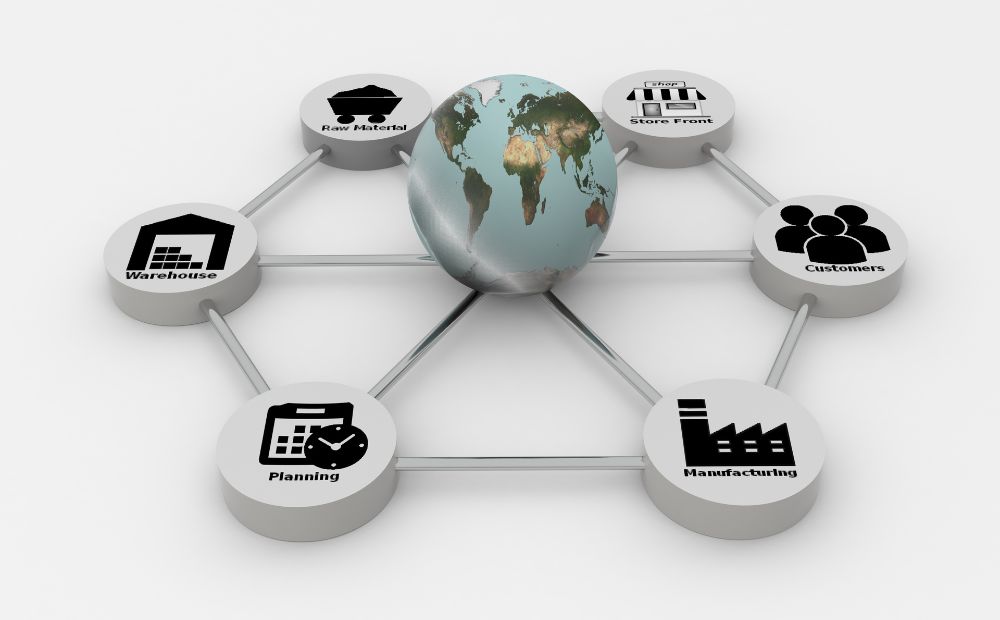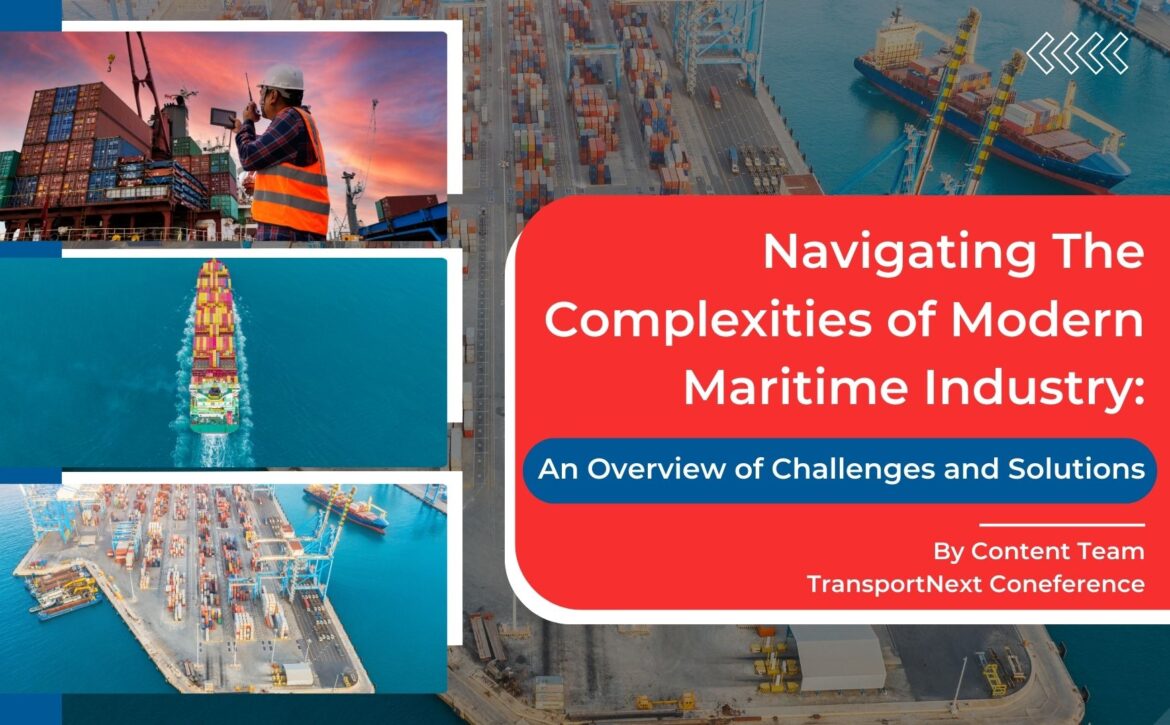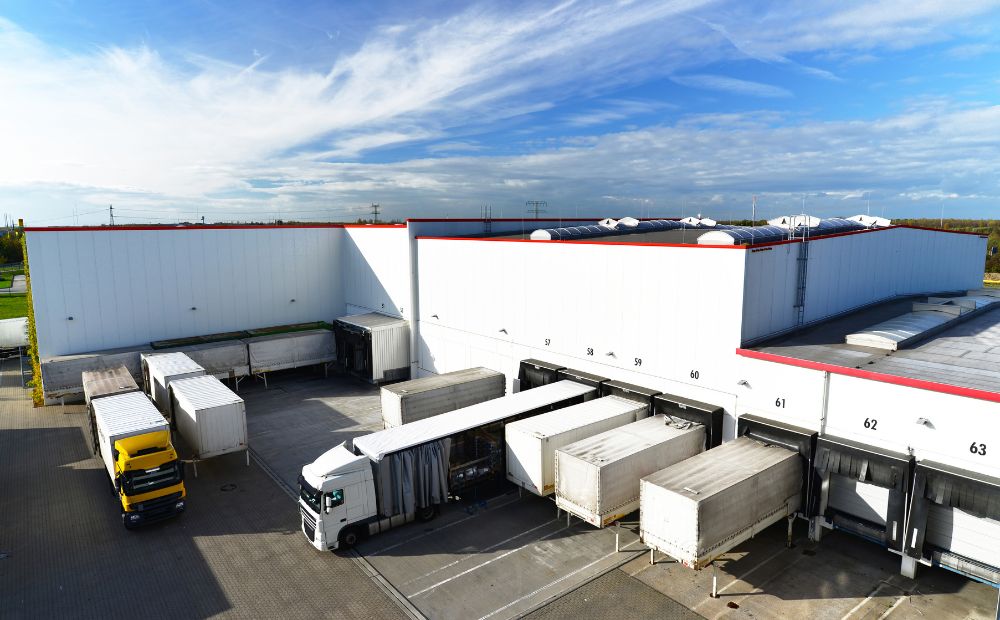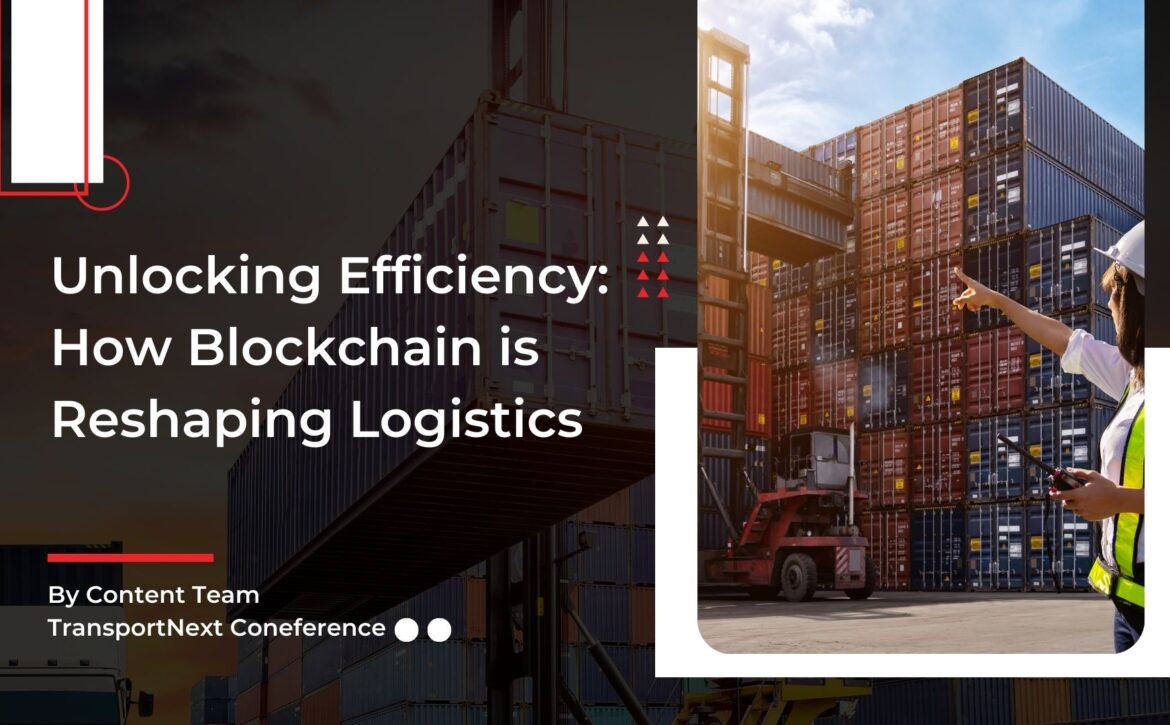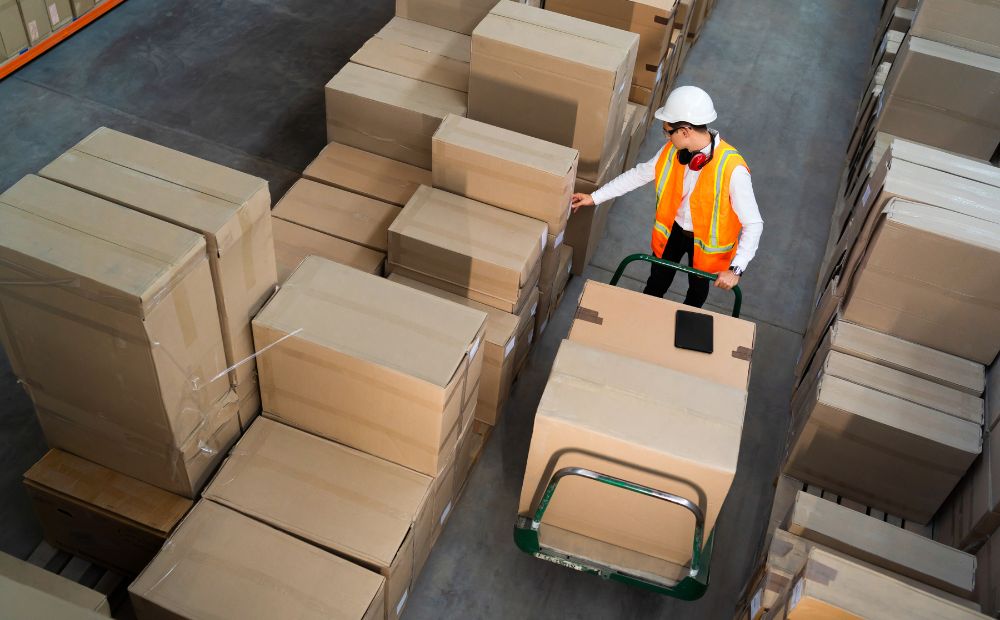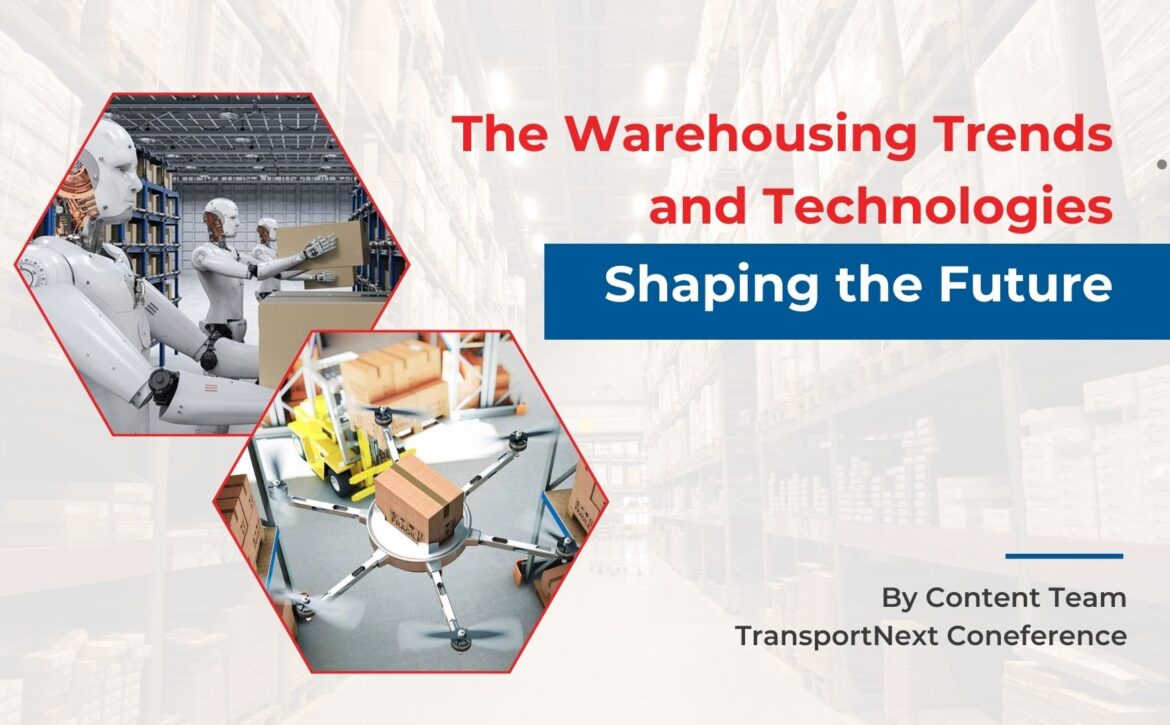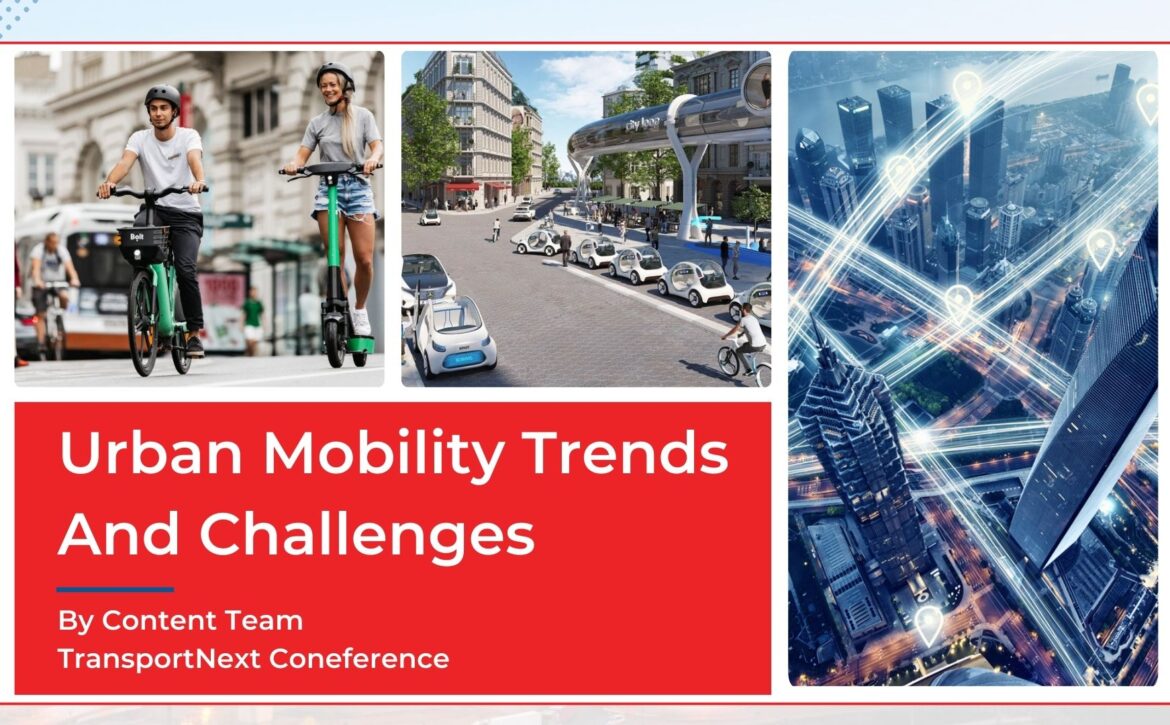Freight Forwarders: The Framework for 2PL Supply Chain Efficiency
Due to the expansion of the global economy, the shipping of goods, whether domestic or international, has experienced a significant increase. Companies are faced with the decision of managing their exports internally or outsourcing this task to freight forwarders. In order to handle exports internally and meet the growing demand, companies need to invest in modern logistics infrastructure, technology, and skilled personnel proficient in managing the associated responsibilities. It is essential for companies to carefully evaluate the costs and benefits of this decision before moving forward.
Click here for more information
In the present day, many organizations opt to delegate non-core functions of their business to third-party operators, allowing them to focus their resources on enhancing their core activities. Freight forwarders specialize in securing competitive costs while maintaining high quality standards in their services.
They assist in efficiently managing the logistics of transporting goods from one location to another in a cost-effective manner. An entity that coordinates shipments for individuals or businesses, known as a freight forwarder, plays a crucial role in facilitating the movement of goods from the manufacturer or producer to the ultimate market, customer, or distribution point. Acting as intermediaries between shippers and a range of transportation services like ocean shipping, trucking, air freight, and rail transport, they are integral to the smooth flow of international trade.
Table of Contents

Functions, Advantages, and Challenges of Freight Forwarders
The following blog explores the functions, advantages, and obstacles encountered by freight forwarders:
Freight forwarders are classified as second-party logistics providers. Freight forwarders serve as the intermediaries between the consignor of goods and the distribution point, which may include the destination port. Their responsibilities encompass coordinating inland transport, managing port and customs documentation, overseeing ocean vessel shipping, and other associated activities.
Through fostering strong relationships with governmental and service entities, freight forwarders can effectively execute tasks and negotiate advantageous rates and schedules. Reputable freight forwarders are recognized for their dependability in orchestrating the smooth transport of goods to their designated endpoints. In cases where some freight forwarders do not possess warehouse space, a transport fleet, or other essential assets required for successful cargo exportation, they frequently opt to lease or contract such resources from external providers.
Freight forwarding is the process of moving imports and exports through the supply chain. These businesses work with shipping companies, airlines, hauliers, and customs authorities to transport goods from their origin to their final destination. Freight forwarders bear the responsibility of possessing in-depth knowledge of the export laws and Customs regulations of the exporting country when handling the process of exporting cargo. Furthermore, they must excel in organizing all necessary tasks to facilitate the seamless export of goods from one location to another.
In the current technological landscape where governments and Customs rely on Electronic Data Interchange (EDI) systems for their daily operations, it is imperative for freight forwarders to be proficient in such technologies. The primary duties of a freight forwarder typically involve transporting the customer’s goods to the port for loading onto the vessel and handling all customs documentation.
Key Functions of Freight Forwarders and Second-Party Logistics
The following points sum up the function of freight forwarders and second party Logistics:
Transportation Arrangements:
Freight forwarders coordinate the logistics of transporting goods, often using multiple transportation modes to ensure timely delivery. They determine the best shipping route, negotiate freight charges, and choose the appropriate carriers.
Documentation and Customs Clearance:
Handling the vast amount of paperwork required for international shipping is one of the core responsibilities of freight forwarders. They prepare and process the necessary documents for international shipping, including bills of lading, commercial invoices, and customs documentation.
Warehousing and Distribution:
Many freight forwarders offer warehousing solutions, where goods can be stored before, during, or after transportation. They may also provide distribution services, ensuring goods reach their final destination in the most efficient manner.
Insurance and Risk Management:
Freight forwarders arrange insurance to protect goods against potential losses or damages during transit. They also provide risk management services, advising clients on the best ways to mitigate risks associated with shipping.
Tracking and Communication:
Providing real-time tracking and regular updates about the status of shipments is a key service. This transparency helps businesses manage their supply chain more effectively.
The Process of Freight Forwarding:
The two main steps in freight forwarding include transportation of the customer’s goods to the port for loading onboard the ship and customs documentation.
- The services provided by freight forwarders encompass a wide range of logistical and administrative tasks:
- Negotiating freight rates with ocean carriers on behalf of shippers.
- Booking cargo space on ocean vessels.
- Arranging cargo insurance.
- Coordinating transport and labor.
- Managing inland transportation of goods from the customer’s warehouse to the port.
- Providing temporary storage when necessary.
- Consolidating cargo.
- Preparing shipping, customs, and export documentation.
- Additionally, freight forwarders often need to:
- Liaise with various government agencies, especially for restricted items and certain food products.
- Stay updated on the laws, rules, and regulations of the importing country.
- Maintain a robust communication network with government and related agencies in both the exporting and importing countries.
- Several documents are essential for exporting cargo, with requirements varying by country. Despite differences in format and names, the information needed is largely consistent. Key documents include:
- Commercial Invoice: Details the goods being shipped, including descriptions, quantities, values, and terms of sale. Used by customs to determine duties and taxes.
- Packing List: Provides information about the contents, packaging details, weight, and dimensions of each package within the shipment.
- Export Shipping Bill: Official document filed with customs to declare the goods being exported, containing details necessary for customs clearance.
- Bill of Lading: Acts as a receipt for cargo and a contract between the shipper and carrier, detailing the type, quantity, and destination of the goods.
- Certificate of Origin: Certifies the country where the goods were manufactured, used to determine tariffs and meet trade requirements.
- Letter of Credit (if applicable): A financial document from a bank guaranteeing the seller will receive payment upon meeting specified terms and conditions.
- Insurance Certificate: Proof that the goods are insured against loss or damage during transit.
- Declaration of Hazardous Cargo (if applicable): Details the nature of any hazardous materials in the shipment, ensuring compliance with safety regulations.
Benefits of Freight Forwarders:
Following are the benefits of using a Freight Forwarder with Real-Life examples:
Expertise and Knowledge:
Freight forwarders possess in-depth knowledge of international shipping complexities, including regulations, documentation requirements, and best practices. DHL Global Forwarding offers extensive freight forwarding services such as air, ocean, and road freight. Their comprehensive logistics solutions, which include documentation and customs clearance, demonstrate their expertise in handling the intricacies of global shipping.
Cost Savings:
Leveraging their relationships with carriers, freight forwarders often secure better shipping rates and help avoid costly mistakes related to customs and documentation. Kuehne + Nagel utilizes advanced digital platforms to offer competitive rates and optimize the supply chain, illustrating how their industry connections and technological investments lead to significant cost savings for their clients.
Time Efficiency:
By managing all logistics aspects, freight forwarders save businesses significant time, allowing them to focus on their core operations. Expeditors International is renowned for its efficient logistics services, which include real-time tracking and swift customs clearance processes. This efficiency translates to time savings for businesses relying on their services.
Flexibility:
Freight forwarders adapt to various shipping needs and offer tailored solutions, whether it’s expedited shipping or handling oversized cargo. For example both DHL Global Forwarding and Kuehne + Nagel provide flexible logistics solutions. DHL handles a wide range of shipping requirements, while Kuehne + Nagel’s integrated logistics services and digital platforms offer customized solutions to meet specific business needs.
Companies that consistently rank among the largest in the industry are :
- Sinotrans
- Kuhne + Nagel
- DHL Global Forwarding
- DSV Global Transport and Logistics
- DB Schenker
- C.H. Robinson
- Kerry Logistics
- Expeditors
Challenges in Freight Forwarding:
While freight forwarding offers numerous advantages, it also struggles with significant challenges that demand attention. These challenges highlight the complexities freight forwarders must navigate to provide efficient and effective services.
Regulatory Compliance:
Navigating the varied and complex regulations across different countries can be difficult. Ensuring adherence to international trade laws, customs regulations, and security requirements is essential but challenging.
Supply Chain Disruptions:
Events such as natural disasters, geopolitical tensions, and pandemics can cause significant supply chain disruptions. Freight forwarders must develop contingency plans and adopt flexible strategies to manage these disruptions effectively.
Technological Integration:
The adoption and integration of new technologies for improved tracking, data management, and communication are critical, yet can be challenging for traditional freight forwarders accustomed to older systems.
Sustainability Pressures:
There is growing pressure on freight forwarders to adopt sustainable practices, which include optimizing routes to reduce emissions and investing in greener technologies. This shift requires substantial effort and investment.
Freight forwarders play an indispensable role in global trade by ensuring the smooth and efficient movement of goods across borders. Their expertise, ability to negotiate better rates, and handling of complex logistics make them valuable partners for businesses looking to streamline their supply chains. However, they also face challenges such as regulatory compliance and the need for technological advancement. As global trade continues to evolve, freight forwarders will need to adapt and innovate to meet the demands of a dynamic market.
Logistic Events are vital for gaining insights into industry practices and innovations, facilitating meaningful connections, and opening doors for shared resources. An annual premier worldwide event, the TransportNext Awards, Conference, and Expo is organized by Next Business Media in Singapore and the United States. The transport and logistics community throughout the rest of the world is served by the Singapore edition. By taking advantage of Singapore’s advantageous position, it offers a forum for global cooperation and knowledge sharing.
TransportNext Singapore provides enlightening talks, engaging workshops, and a large expo. It also highlights innovative solutions and promotes strategic alliances. The TransportNext Awards, which honor achievements in the sector, are the focal point. This Logistics event guarantees an unmatched networking and growth-promoting experience because of its global reach and dedication to Logistics and Transportation industry improvement.


